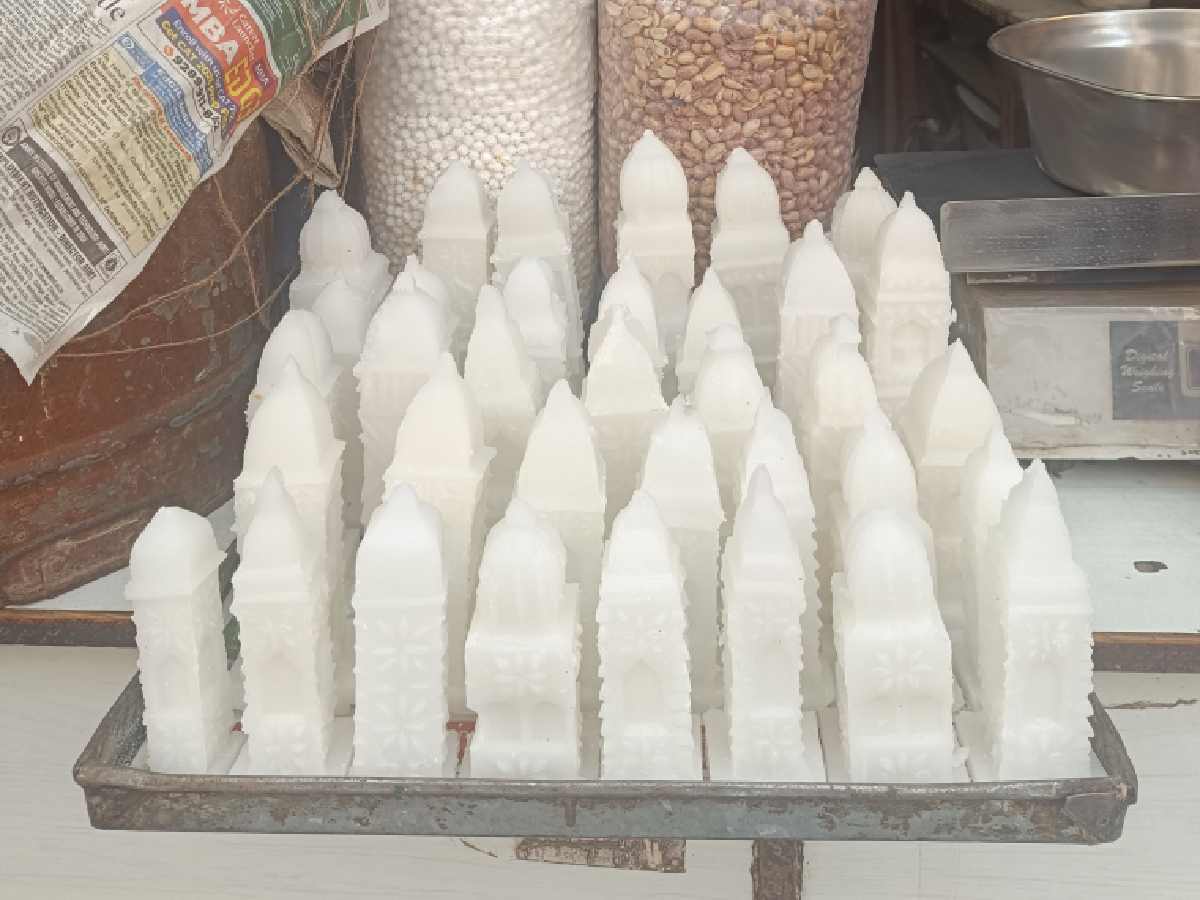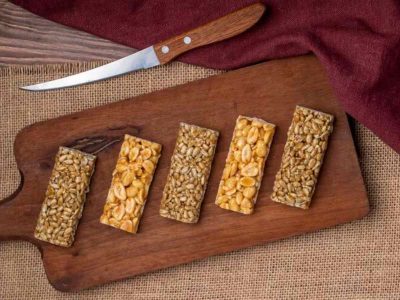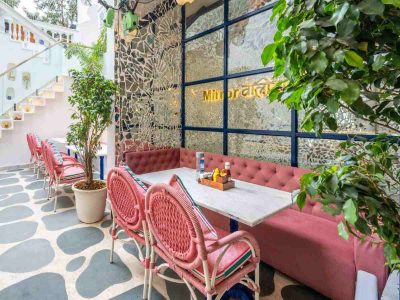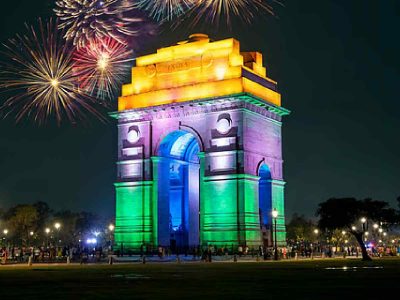Khari Baoli, the world-renowned spice market in Old Delhi, once bustled with colourful sugar toys in the weeks leading up to Diwali. From Dussehra to Diwali, the market was filled with these sweet figurines, crafted in shapes like horses and elephants. These shakkar ke khilone were an integral part of puja rituals and were also cherished as festive treats. However, in recent years, this beloved tradition has begun to fade, leaving behind only memories and empty shelves.
Sunil Sharma, a sweet shop owner in Old Delhi’s Chandni Chowk, recalls the prominence of these sugary delights. “Years ago, you couldn’t miss them. Every shop had these toys displayed for weeks before Diwali. Now, only a handful of stores stock them, mainly because they’re still needed for Diwali puja,” he says. Sunil, who also sells sugar pots for Karva Chauth, plans to restock the toys now that the Karva Chauth festivities are over.
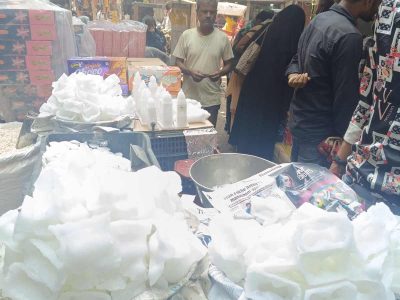
The enthusiasm for this sweet trade has waned. Artisan Abdul Karim, from a village in Uttar Pradesh’s Etah district, shares, “We used to produce around 70 quintals of sugar toys. Now, with my family’s help, we barely make 20 quintals. Earlier, we could craft six quintals in a day, but today, even three quintals is a challenge.”
Also read: Must-visit Diwali events in Delhi: Celebrate with lights, festivities, and culture
Rising material costs and declining demand have made it difficult for artisans to sustain their craft. “Sugar used to be cheaper, around Rs 37 per kilo. Now, expenses have gone up, but the market rate remains Rs 50 per kilo,” Abdul explains. “There was more demand for these toys before, but now, they’re harder to sell.”
The tradition of celebrating Diwali with shakkar ke khilone dates back centuries, but changing tastes and lifestyles have diminished the demand for these simple joys. For artisans like Karim, who have been making these toys for generations, this shift is disheartening. “In the past, elders insisted on buying these toys for Diwali, Karva Chauth, and Annakut puja. Nowadays, people prefer packaged sweets, and the younger generation hardly remembers the taste of these toys,” he laments.
Craftsman Javed Abbasi echoes these concerns. “People have moved on to modern sweets and gifts, influenced by TV shows and social media. The younger generation is less interested in traditional practices. My grandparents used to tell stories of how these toys were shared as part of the Diwali prasad, but now, they’ve been replaced by fancy sweets and gifts.”
Making these sugar toys is an art passed down through generations. From elephants to peacocks, each toy is moulded using wooden forms after the sugar syrup is prepared. The process begins by boiling sugar and water until the mixture reaches the right consistency. It is then poured into moulds and left to cool, resulting in sweet, crunchy treats.
Rohit Verma, whose family has long been involved in the craft in western Uttar Pradesh, reflects on the changing times. “We used to supply these sugar toys across Delhi and to other cities. Our main business was making batasha and khilone for the Diwali season. But after the pandemic, demand dropped significantly. We had to close one of our sugar mills, and after the lockdown, the other one also shut down.”
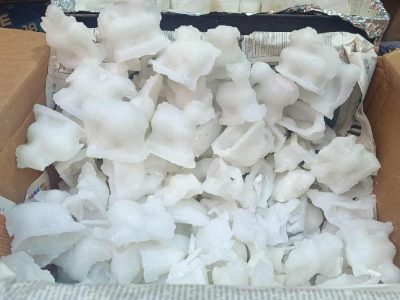
Once, shakkar ke khilone filled every shop, but now, only 4 or 5 stores still sell them. Larger sugar temple replicas were also popular, with people choosing between one-story to five-story mandirs. Now, these replicas are only made to order. “Last year, we faced losses selling the mandirs because they would spoil. So this year, we are only making them on order,” says Rohit.
Also read: Durga Puja fever hits Delhi! Top 5 must-visit pandals for an unforgettable experience
One reason for the decline is the growing preference for sugar-free options. Haroon Ahmed, who now sells candles and decorative items, explains, “We don’t sell shakkar ke khilone anymore because people are afraid of sugar. Thanks to Instagram reels, they see videos saying sugar is harmful, and actors avoid it, so they stop buying things made with refined sugar. Parents don’t want their kids to have them anymore.”
Nazimuddin, a resident of Old Delhi, fondly recalls his childhood: “We were seven siblings, and I used to save my pocket money to buy shakkar ke khilone for my sisters and the neighbourhood kids. Around Diwali, I would buy at least 30 toys to distribute in our haveli. We used to play with them and then eat them with sugarless tea. Now, kids don’t even know what they are.”
Though these sugar toys still hold a place in Diwali puja rituals, their presence in Old Delhi’s markets is fading. What once brought joy to artisans and families alike has now become a distant memory of simpler, sweeter times.

